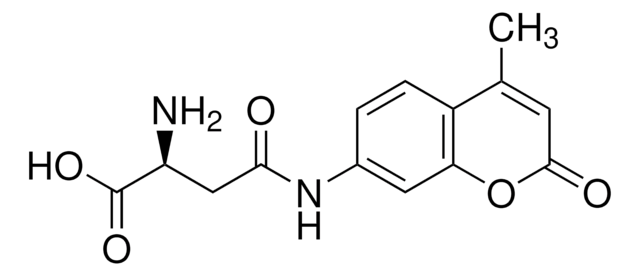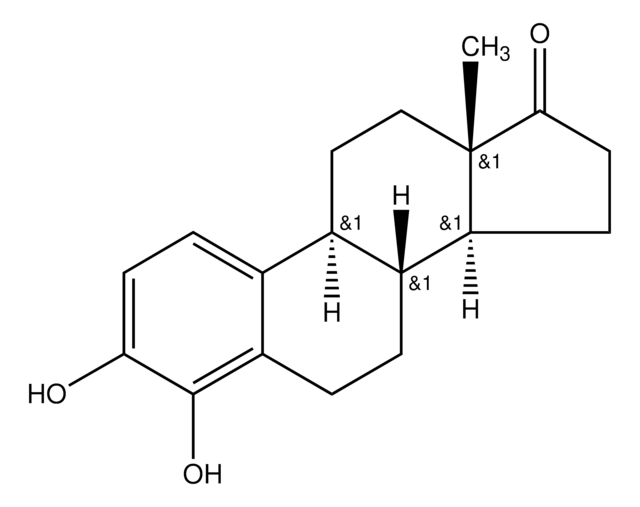H3878
Hyodeoxycholic acid
≥98%
Synonym(s):
3α,6α-Dihydroxy-5β-cholan-24-oic acid
About This Item
Recommended Products
Assay
≥98%
mp
200-201 °C (lit.)
SMILES string
C[C@H](CCC(O)=O)[C@H]1CC[C@H]2[C@@H]3C[C@H](O)[C@@H]4C[C@H](O)CC[C@]4(C)[C@H]3CC[C@]12C
InChI
1S/C24H40O4/c1-14(4-7-22(27)28)17-5-6-18-16-13-21(26)20-12-15(25)8-10-24(20,3)19(16)9-11-23(17,18)2/h14-21,25-26H,4-13H2,1-3H3,(H,27,28)/t14-,15-,16+,17-,18+,19+,20+,21+,23-,24-/m1/s1
InChI key
DGABKXLVXPYZII-SIBKNCMHSA-N
Gene Information
human ... NR1H2(7376) , NR1H3(10062)
Looking for similar products? Visit Product Comparison Guide
General description
Application
- as a standard for serum bile acid profiling by liquid chromatography-mass spectrometry (LC-MS) method in rat cells.
- as a component of the growth medium to study its effect as an anti-aging small molecule on the chronological life span (CLS) of the pex5Δ (Δ) strain.
- as a standard for analyzing bile acid composition and total bile acids in mice cells.
also commonly purchased with this product
Storage Class Code
11 - Combustible Solids
WGK
WGK 3
Flash Point(F)
Not applicable
Flash Point(C)
Not applicable
Personal Protective Equipment
Certificates of Analysis (COA)
Search for Certificates of Analysis (COA) by entering the products Lot/Batch Number. Lot and Batch Numbers can be found on a product’s label following the words ‘Lot’ or ‘Batch’.
Already Own This Product?
Find documentation for the products that you have recently purchased in the Document Library.
Customers Also Viewed
Our team of scientists has experience in all areas of research including Life Science, Material Science, Chemical Synthesis, Chromatography, Analytical and many others.
Contact Technical Service










